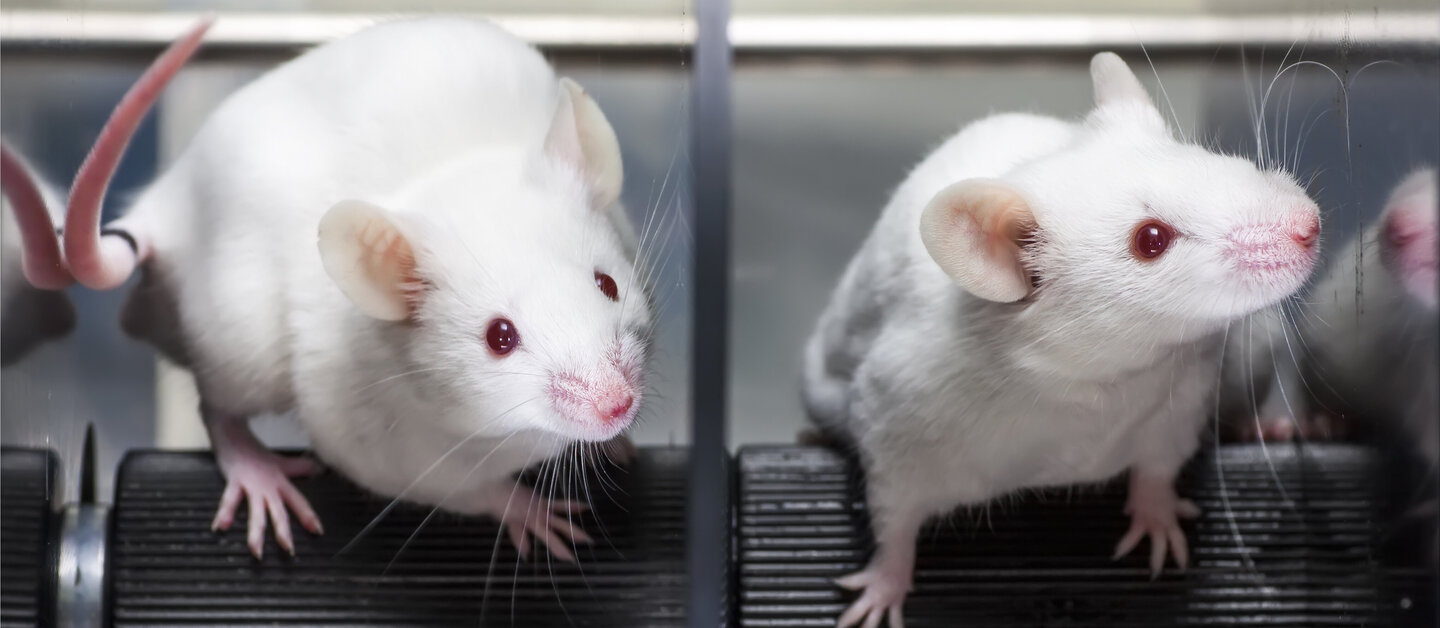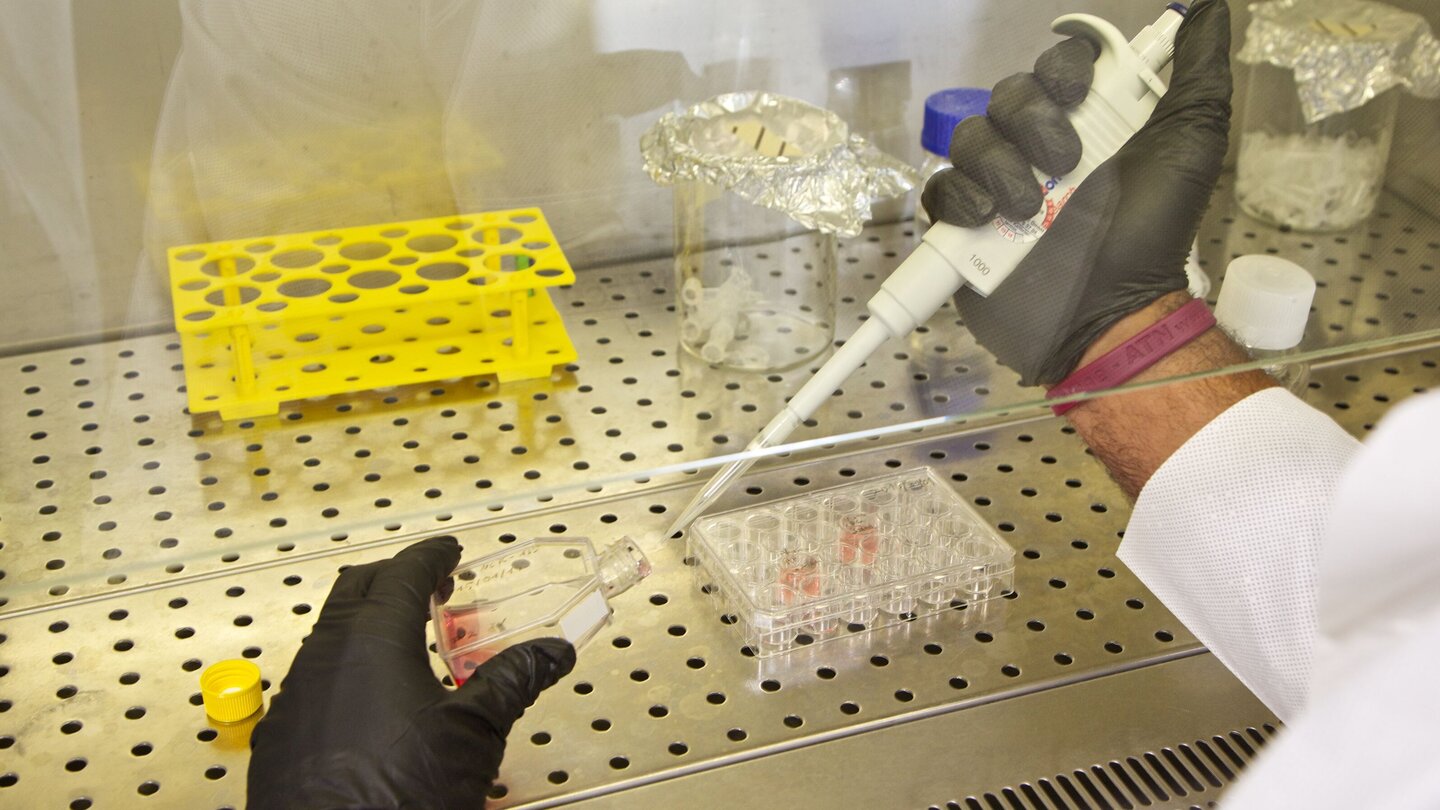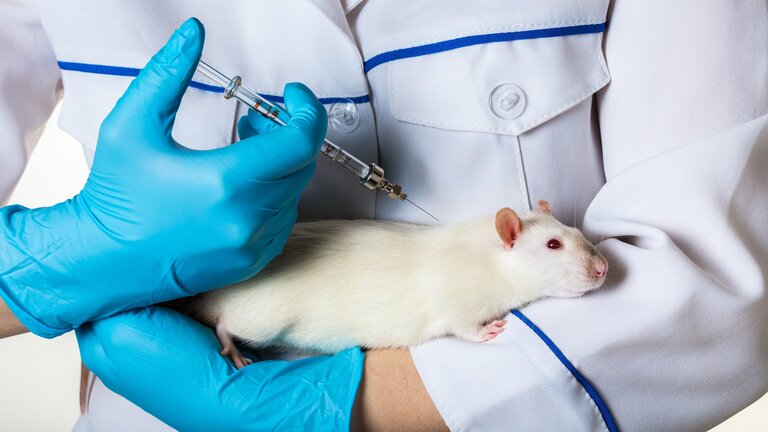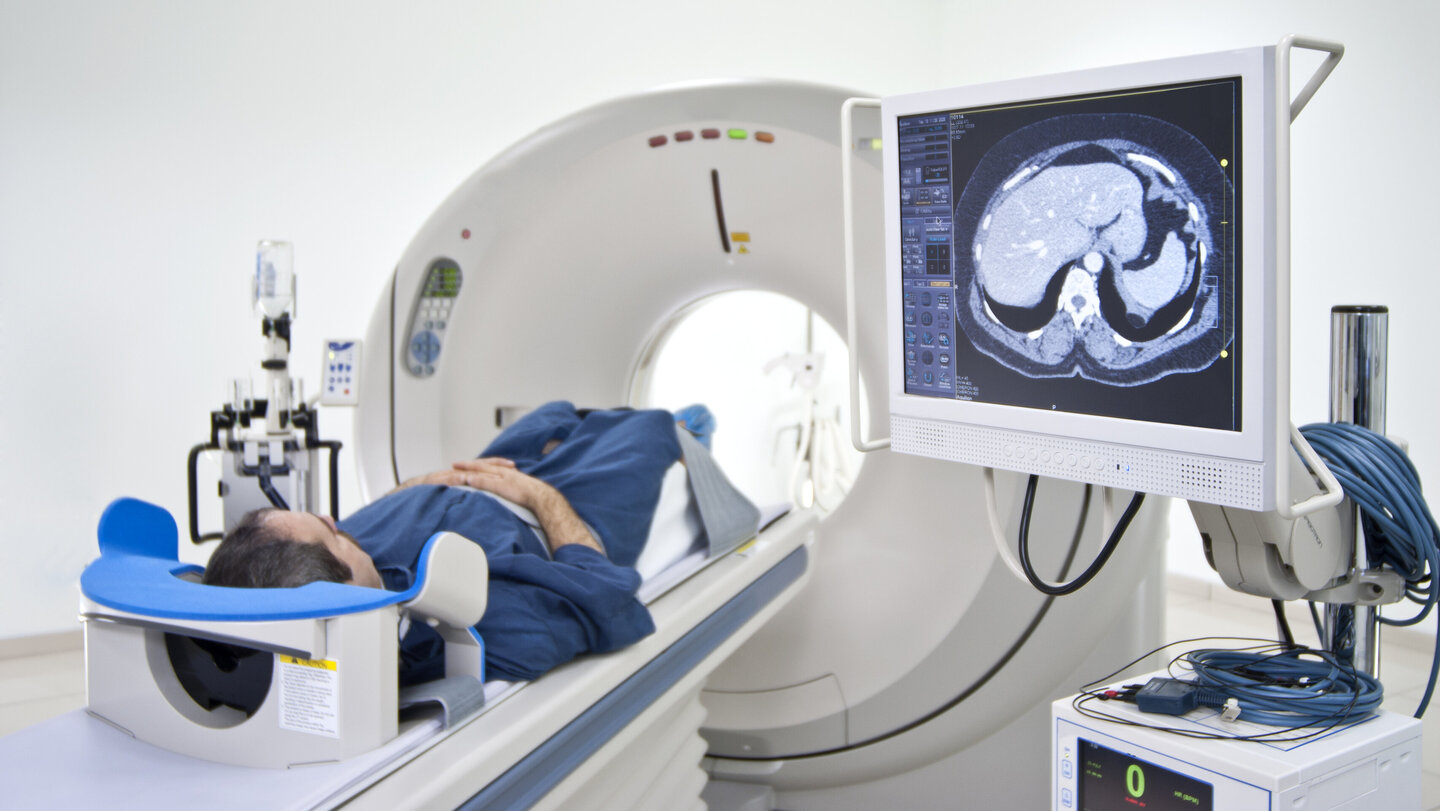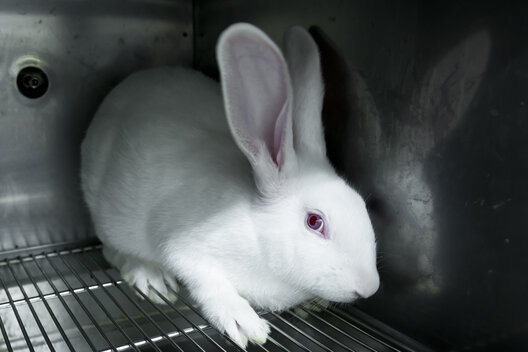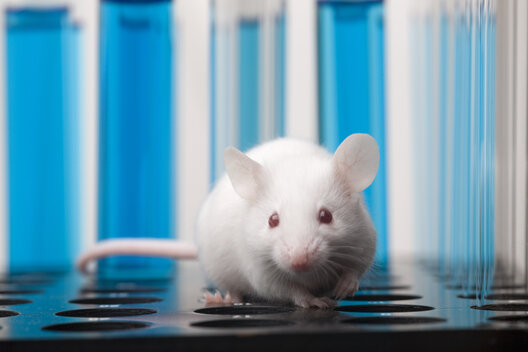The future belongs to animal-free testing and research methodsAlternative methods
Opponents to animal testing are often accused of wanting to slow down the scientific progress of our society or of placing the welfare of animals above that of humans. However, the opposite is the case: animal experiments are not only to be rejected from an ethical point of view, but they usually provide results that are difficult to transfer to humans or are medically irrelevant from the outset. Non-animal test and research methods, often referred to as "alternative methods", on the other hand, are developed from the outset to provide precise answers to specific questions. The "detour" via another species is omitted; instead, research is conducted directly with the human patient in mind using state-of-the-art procedures.
Cell cultures
The range of available "alternative methods" to animal testing is now tremendous. Cell cultures can now be used to grow almost any type of body tissue so that, for example, the toxicity of test chemicals can be tested on artificial human skin layers. Scientists can also grow tissue and even some organoids in the laboratory, which not only produces reliable results, but can also replace particularly painful experiments on rabbits or guinea pigs. In addition, costs and time are saved, as already keeping animals for experimental purposes is very expensive and the experiments themselves often take weeks or months.
Animal-free methods are usually more cost-effective in direct application, so that in the long term, even the initially higher acquisition costs for the necessary equipment pay off. They also deliver results in a short time and many chemicals or active substances can be tested simultaneously in so-called high-throughput procedures.
Imaging procedures
Another area that has undergone rapid development in recent years is imaging techniques. Diseases and their effects in the body can be observed and analyzed virtually in real time during examinations of healthy people and patients with their consent. The findings obtained are much more informative than those of outdated experimental methods in which animals are artificially made ill.
Computer procedures and clinical studies on volunteers
Computer models calculate information on the toxicity and effectiveness of test substances within a short period of time and are significantly more efficient than animal testing. Animated simulators enable realistic and modern training of students, paramedics or military personnel and are increasingly replacing dissections or surgical exercises on (sometimes live) animals. Clinical and epidemiological research, i.e. the observation of patients or patient groups, is becoming increasingly important and naturally provides particularly valuable results on actual disease progression and therapeutic approaches.
Why are there still animal experiments?
Despite all these and countless other approaches, the animal-free testing and research sector continues to struggle with massive difficulties. These begin with financial support from the state and industry, which amounts to only a fraction of what is invested annually in questionable animal experiments. Furthermore, newly developed procedures have to undergo lengthy and expensive reviews before they are approved. Incidentally, most established animal experiments have not undergone an approval process, but were introduced at some point and have simply been maintained. For this reason alone, they are often far inferior to the new animal-free methods in terms of methodology.
A further hurdle after approval is making the new methods known so that they are actually used. There is often a lack of information and networking here, so that it can happen that an animal experiment that can actually be replaced is carried out despite an existing and approved "alternative method". Moreover, institutions and scientists or representatives of authorities that have been using animal experiments for a long time are often very skeptical about the innovations, so that often only a ban on certain animal experiments leads to the new methods actually being used as standard.
Technical progress is constantly advancing, opening up ever new possibilities for dispensing with animal testing. If funding for animal-free research and the development of new methods is also increased, the possibilities for replacing animal testing are almost unlimited. It is also about the need for a change in thinking so that the public, politicians and scientists develop an awareness of the fact that animal testing is an ethical problem.
Very high and sometimes unrealistic standards are applied to the acceptance of animal-free methods. In contrast, many animal experiments have never been tested to see whether they provide relevant results for humans, but have simply become established due to the easy "availability" of animals. The efficiency of animal experiments is therefore believed in from the outset without questioning this. Non-animal methods, on the other hand, require proof of their reliability and validity.
The Federal Government and the industry must enormously expand funding for the research and development of animal-free methods, as well as the targeted funding of research projects that do not involve animal testing. Because the comparison shows: The Federal Republic of Germany invests huge sums in research involving animal experiments. The Federal Ministry of Education and Research (BMBF) spends several billion euros a year on research projects and the German Research Foundation, which is funded by the federal and state governments, has an annual research budget in the billions. In comparison, the Federal Government only provides around four to five million euros a year in funding for alternative methods to animal experiments (BMBF funding initiative, BMELV animal welfare research prize, funding prizes from individual federal states). The grants, which have so far mainly gone to research projects involving animal experiments, only need to be reallocated.
Good, viable alternative methods are often not used because the legal framework does not allow this, because those responsible are not aware of them or because the appropriate technical or personnel requirements are not in place. In other cases, there is a lack of awareness of the need to avoid animal testing. Sometimes promising approaches are not developed further because the funding for follow-up projects or recognition procedures is lacking or non-excisting.
Commitment of the German Animal Welfare Federation
We address all of these points and try to drive the process towards ethically justifiable and scientifically robust, reliable research. In our own cell culture laboratory, we are researching the development of animal-free methods. Our scientists examine legislation for ways to restrict animal testing or replace it with non-animal testing methods or submit proposals for implementation, carry out public relations and committee work, campaign for more extensive financial support for non-animal testing approaches and bring stakeholders and institutions into contact with each other.
Exchange on alternatives to animal testing
At a joint information event with the Animal Welfare Federation for Berlin, we provided information on the areas in which animal experiments are carried out, what new developments there are in animal-free methods and discussed these with guests from politics and science.

